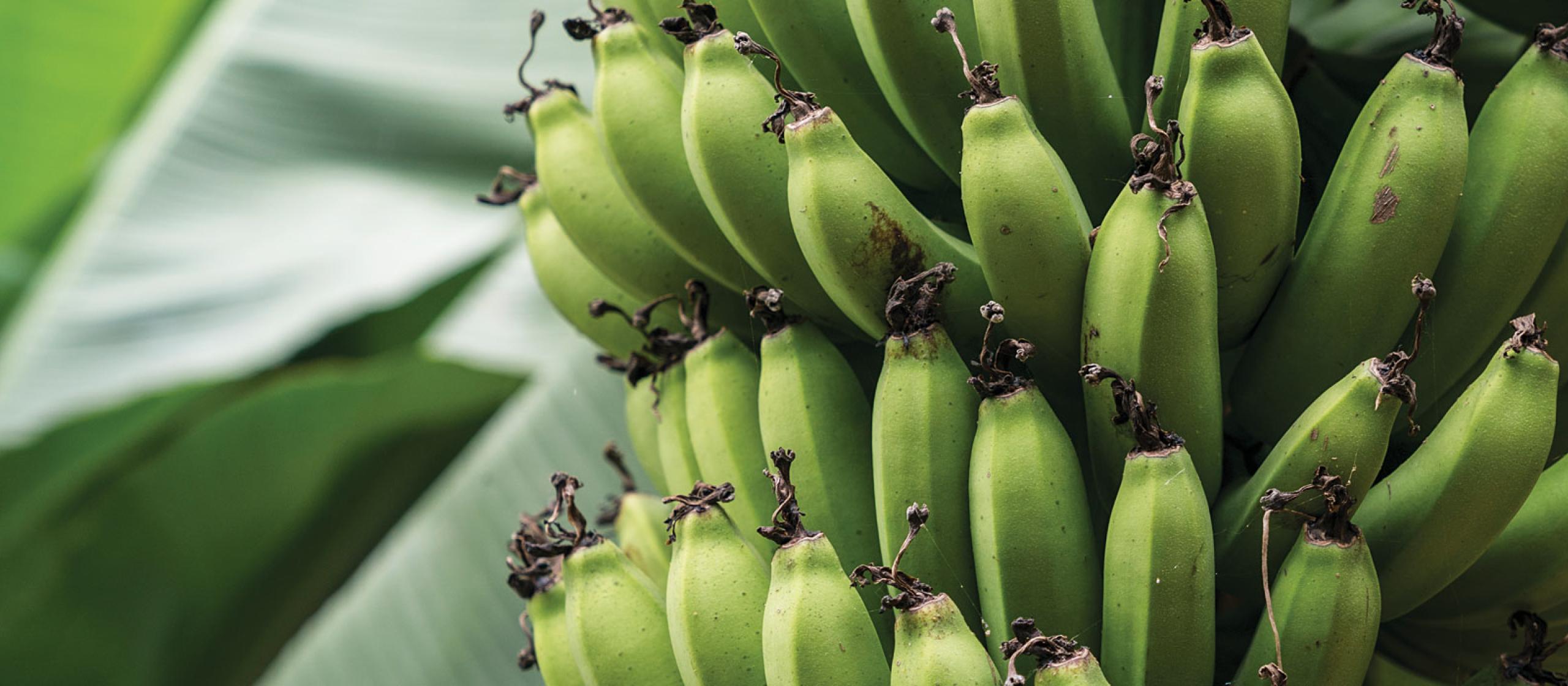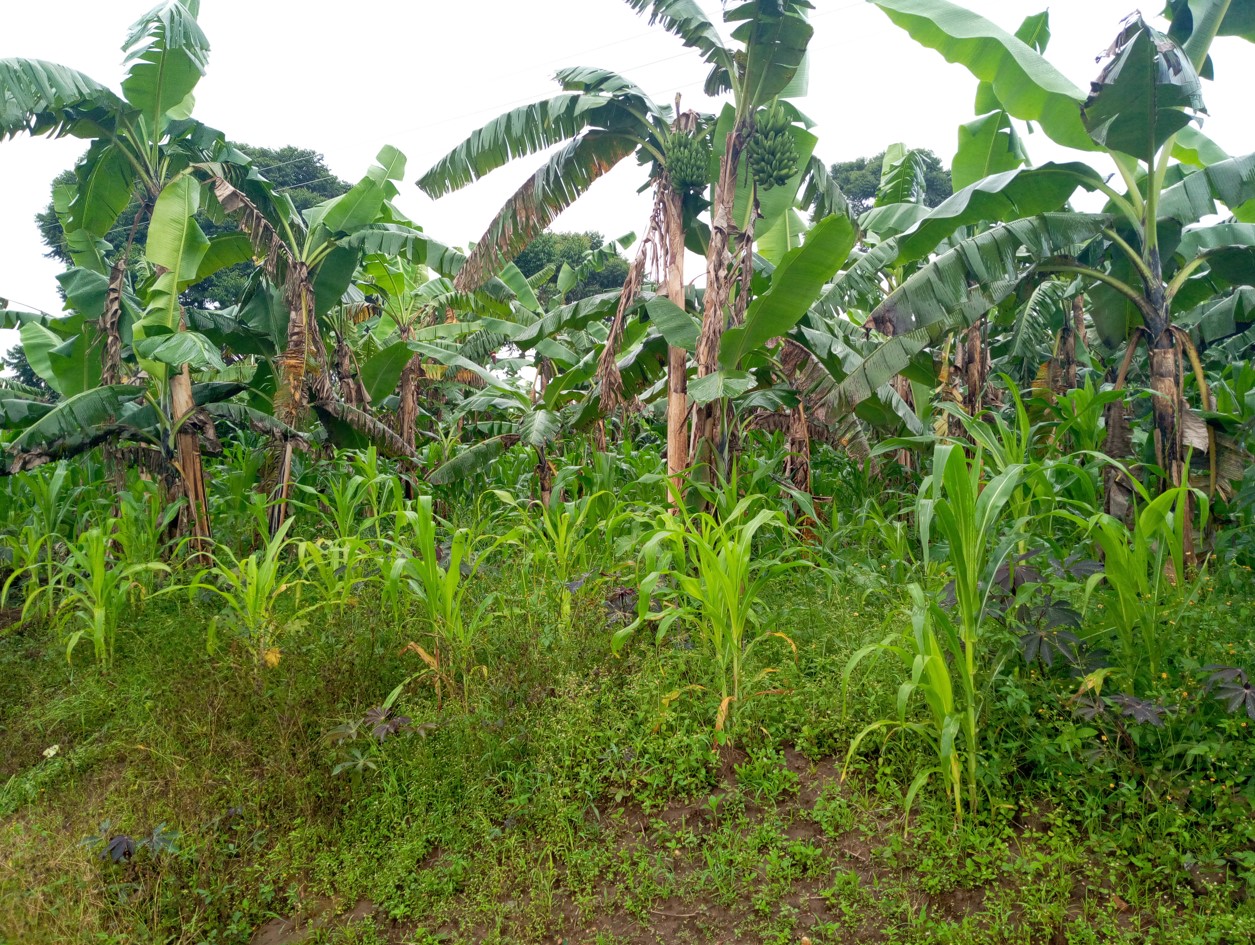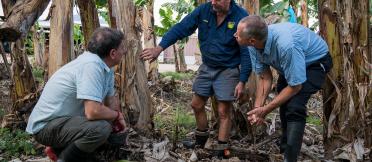Cavendish dessert bananas are widespread in southern Africa. This high-yielding export variety dominates production in countries such as Mozambique, South Africa, Malawi and Zimbabwe. But smallholders in Africa also grow many other local banana varieties for eating fresh, cooking and brewing beer – varieties that are unique to Africa.
In eastern and central Africa, particularly in eastern African highland countries such as Tanzania and Uganda, local cooking banana varieties are essential to food security. More than 100 million people rely on them as a primary source of carbohydrates and nutrient-dense calories, with an average of more than 300 kilograms being consumed per person a year.
A new ACIAR-funded project is investigating the risk that banana production systems in eastern Africa face from Fusarium wilt tropical race 4 (TR4; also known as Fusarium wilt or Panama disease). This is a soil-borne fungal disease that is impacting Cavendish bananas in major production areas outside of Africa.
The fungal pathogen that causes the disease, Fusarium oxysporum f. sp. cubense, affects a wide range of other banana varieties; the project will assess if Africa’s local banana varieties are also vulnerable.
The project focuses on two countries. The first is Mozambique in southern Africa, where Fusarium wilt TR4 was first detected in 2013. The second country is neighbouring Tanzania in eastern Africa, the continent’s second-largest producer of bananas and, so far, free of Fusarium wilt TR4, although feared to be at high risk of infection.
The TR4 pathogen is moved from place to place in infected plant material, contaminated soil or water. There is no treatment and infected plants eventually die.
Leading the project for ACIAR are Stewart Lindsay and Ingrid Jenkins from the banana production systems team at the Queensland Department of Agriculture and Fisheries.
Mr Lindsay said most existing biosecurity and management resources regarding Fusarium wilt TR4 have been developed for Cavendish plantations and do not necessarily reflect the inherent risks in smallholder production systems in Africa, or for local African bananas.






